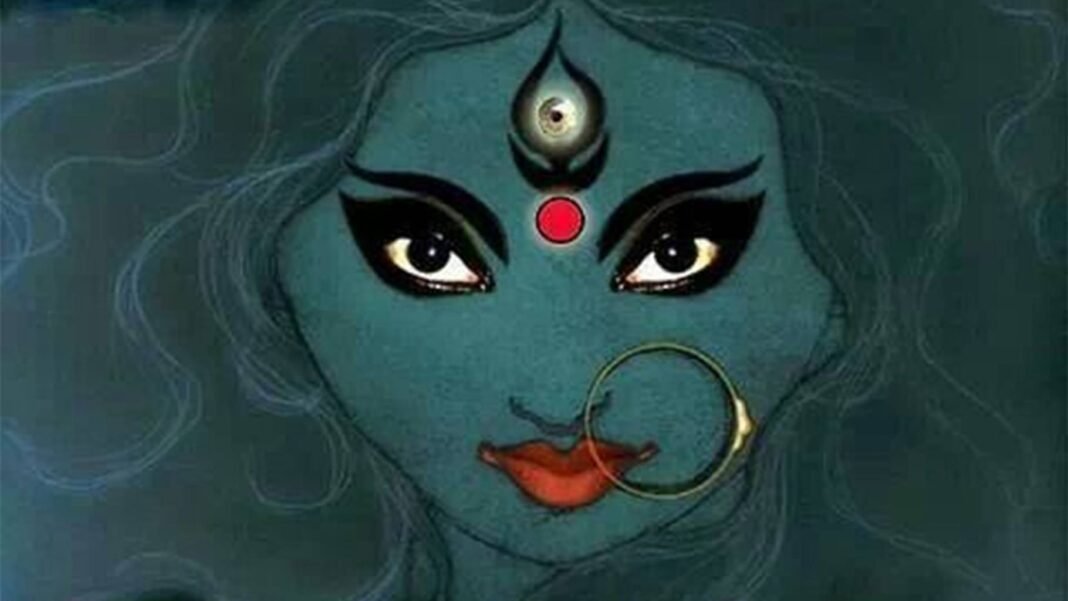“God sleeps in the minerals, awakens in plants, walks in animals, and thinks in man.”
-Arthur Young
After the retreat of rumbling monsoon clouds, comes the golden autumn, and it brings forth the joy of the arrival of Goddess Durga in her mother’s home, the biggest and the most sacred festival of Eastern India, including Assam and West Bengal. Durga Puja is one of the most important festivals of ‘Shakti worship’, wherein the female Goddess is worshipped in all her prominent forms. Durga is depicted with three eyes to signify sun, moon and fire besides the past, present and the future, portraying her to be the ruler of the worlds and to be eternal. The deity with 10 hands holds 10 different weapons given up to her by the Gods to kill Mahisasur -the demon king. The festival is about women’s empowerment, whereby a form of the Goddess, Shakti, incarnates as Goddess Durga inculcating the purest power of all the Gods to kill the Asura (demon) Mahisasura. While all of these mythological lore, it has also deep symbolic significance in recent times and will always be relevant.
In true sense, Durga is the amalgamation of power given her by other Gods, which are in the form of 10 different weapons in her 10-handed physical self. The ceremony begins with “Bel Bodhon”, a ritual which involves waking up the Gods and Goddess. The Gods and Goddess sleep during “Okal Bodhan” and so to begin the Puja and welcome Durga, the priests wake them up with sounds of mantra chanting, conch shells, drums and bells, amid the smoke of holy incense sticks and flowers. Each day of the festival marks the battle between good and evil whereby the Goddess takes different forms and uses different weapons to fight the demons- social evil.
For Hindus, deities are not individual Gods, they are different representations of particular aspects of the abstract Absolute — the unchanging reality amidst and beyond the world. Just like Durga, Indian women are powerful, sensitive, righteous and courageous. The history of Indian women has been eventful and has seen a vast change in perception over several decades. Modern India now has successful women participation in areas of education, sports, politics, media, art and culture, service sector, business, science and technology, social work, etc. Women like Mother Teresa, Indira Gandhi, Bachendri Pal, Shovana Narayan, Kiran Bedi and many more have inspired thousands of girls to walk on the road less travelled and leave a trail behind for millions to follow.
But in a country like India where Durga is worshipped and women form the backbone of the society, India is still fighting several demons of crimes against women like human trafficking, rape, sex-selective abortion, dowry, domestic violence and child marriage. This is an irony, a struggle, a fight! The people worship the idol of Goddess, but tend to forget respecting the spirit of those deities in girls. Demons of societal illiteracy promote bad practices like female infanticide and feticide. In a country where women are world leaders, the nation is still asking them to follow certain norms which are hindering their progress. As the people celebrate the Durga Puja, we should promise to stop turning a blind eye to these societal demons we live with. We need to welcome a change in perspective of looking at our girls. This change in mind set will showcase freedom of Mother India in its truest sense.





